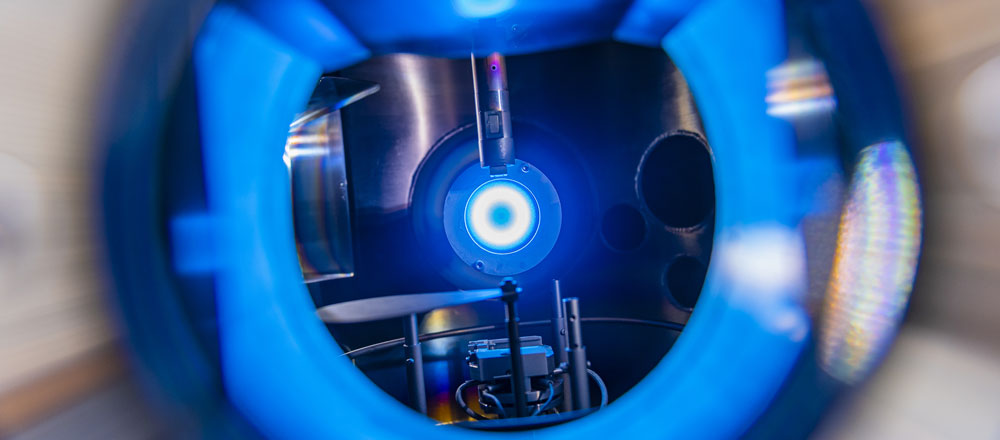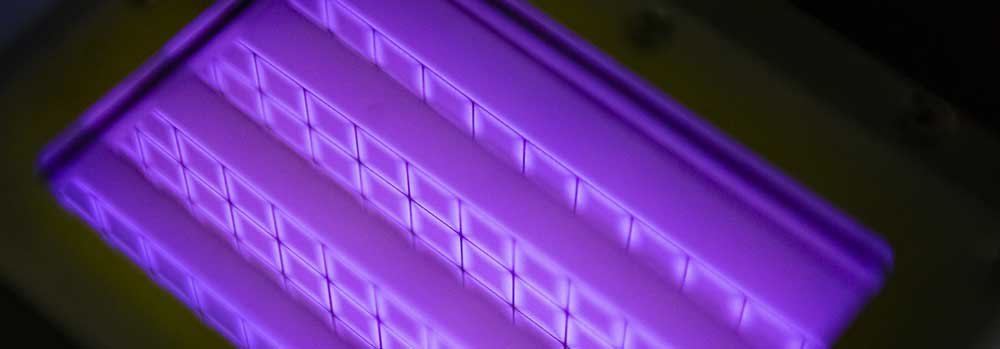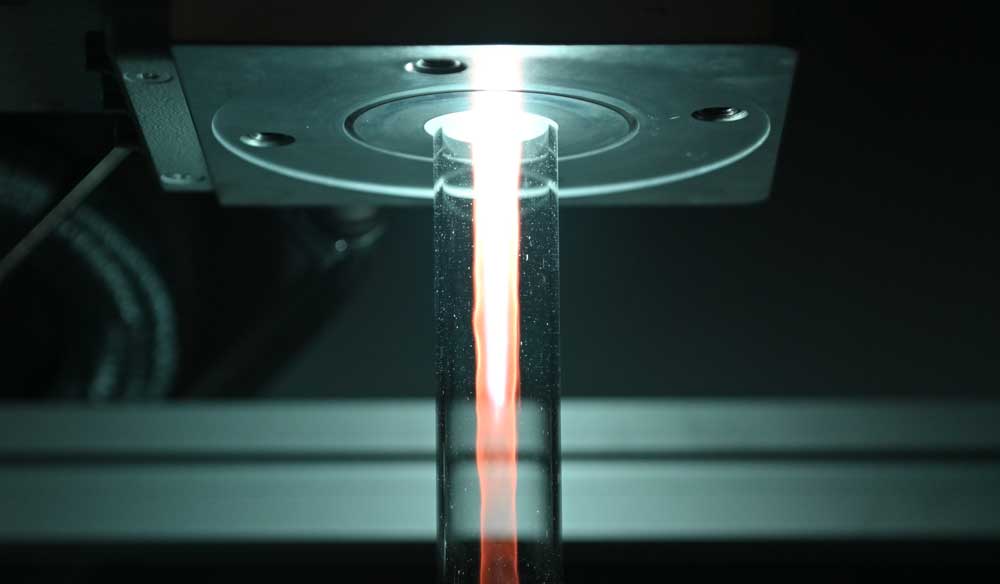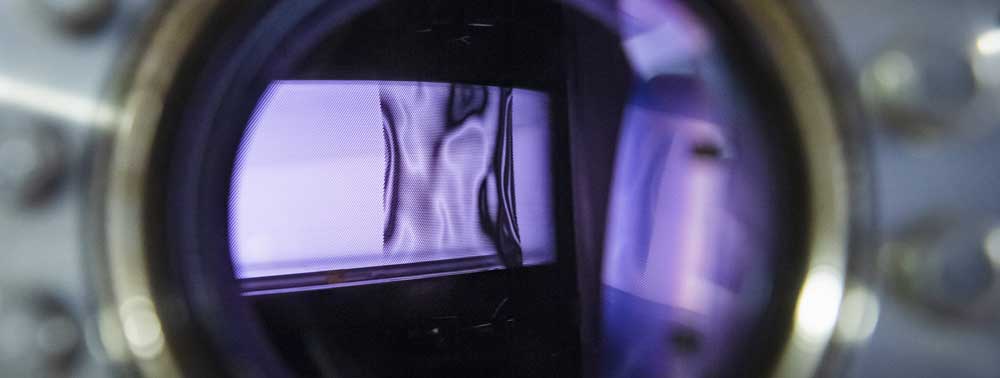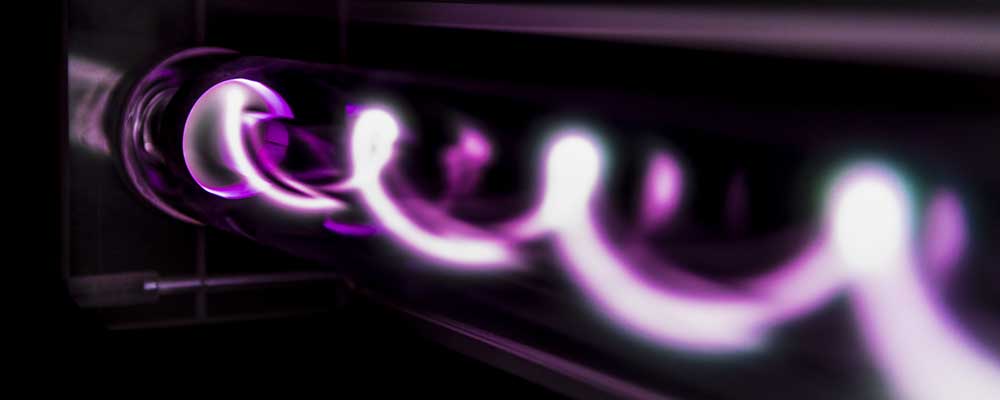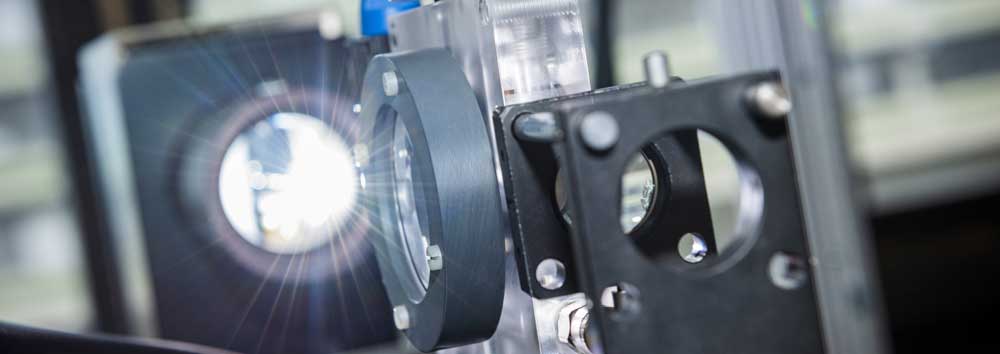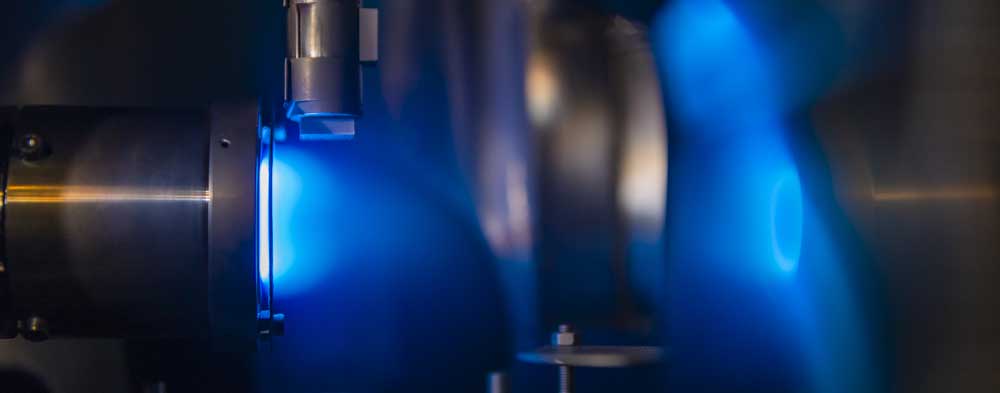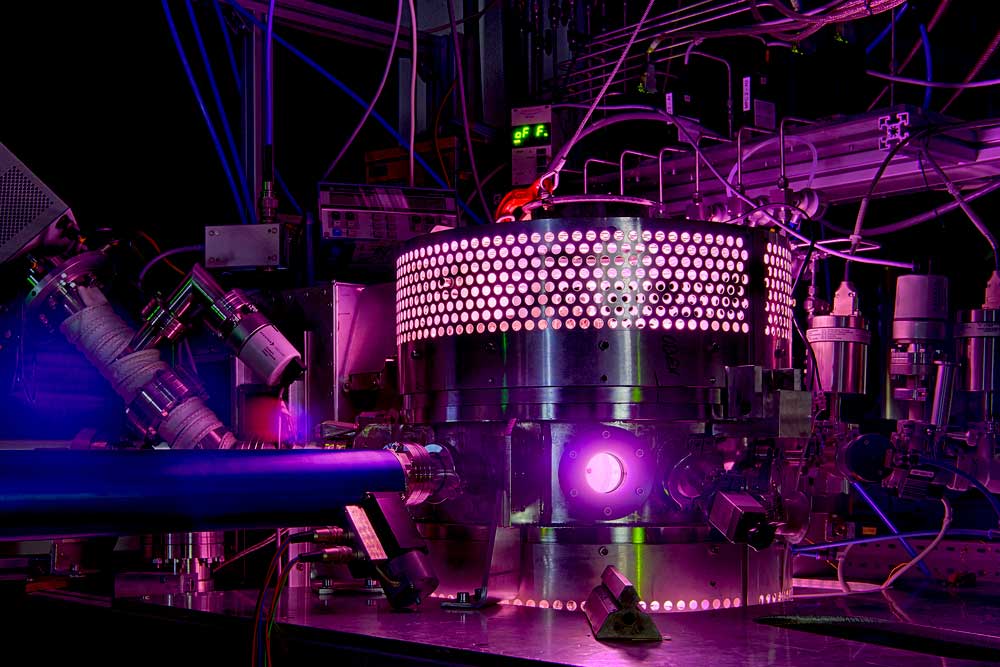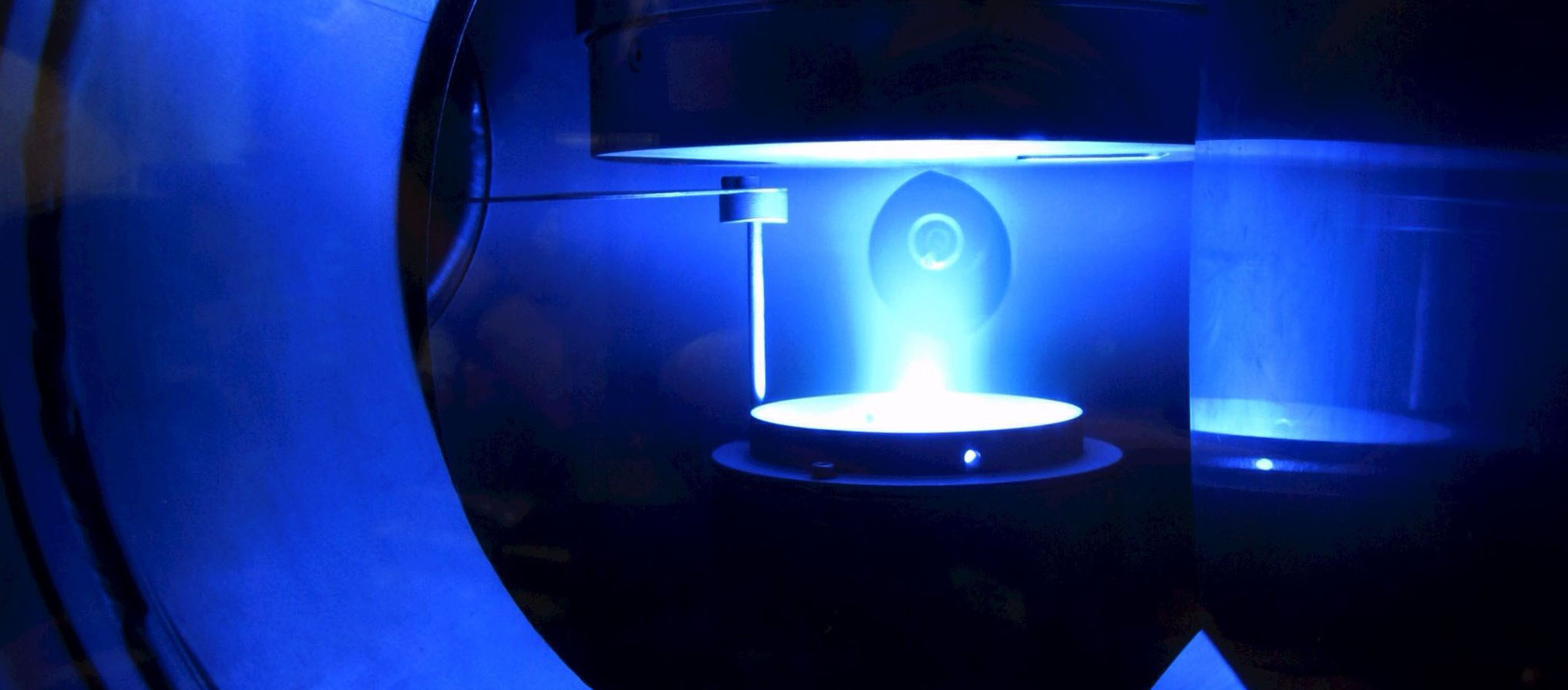Dr. Volker Schulz-von der Gathen, Chair of Experimental Physics II
The continuing main topic of the research is the diagnostics of basic parameters of low temperature plasma dis-charges. Here the goal is to provide absolute numbers of parameters based on careful examination of the diagnos-tics itself. The provision of these well-funded numbers is to understand the ongoing processes in plasmas. Since in complex and reactive plasmas as investigated in the plasma medicine project (PLASNOW) this can only be done in combination with modeling and simulation efforts. The goal is the generation of references. The main diagnostics applied are recently laser based optical diagnostics as absorption and laser-induced fluorescence spectroscopy in various flavors. This is accompanied by optical emission spectroscopy with high spatial and temporal resolution. Both diagnostics are applied as well in atmospheric (CRC 1316) as in low pressure (HIPIMS discharge) plasmas. The atmospheric discharges namely a jet and a microplasma array device yield specific challenges due to their small dimensions. Here other diagnostics as current/ voltage or probe measurements that typically add to the understanding of the plasmas cannot always be applied. To ascertain the stability and reproducibility of results we developed in cooperation with partners a reference device the so-called COST jet that is now operated in about 10 laboratories around the world or a decomposable microplasma array device.
Keywords: active and passive optical diagnostics, reproducible reference values, rf plasma jet (COST jet), microplasma array
Webpage: Experimental Physics II
ORCID: 0000-0002-7182-3253
